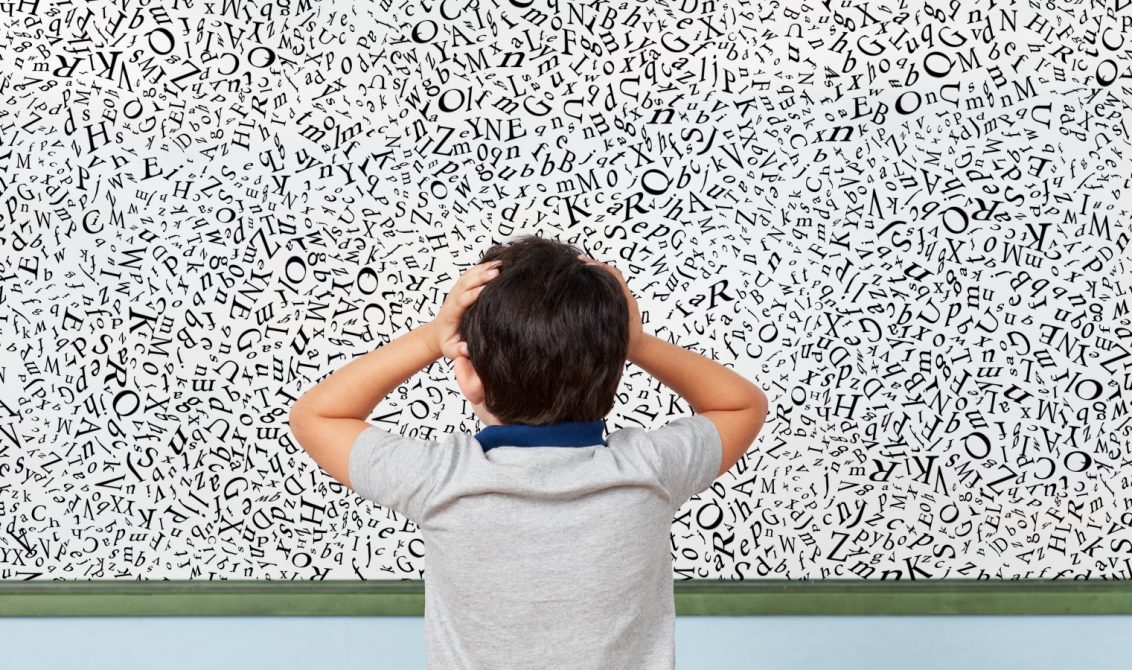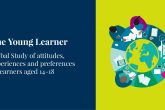
Students with special education needs all bring unique strengths and gifts, but how do we as teachers help these students access learning and connect with others in our classrooms?
Well, it starts by being aware of some of the different types of special needs that students might have and being consistently mindful that students with learning difficulties do not have a low IQ and they are able to learn. Put simply, they will require appropriate teaching strategies tailored to their distinctive abilities.
It is important therefore to identify those learners in need. In doing so, this enables us to clarify the appropriate support needed, prevent loss of self-esteem, and crucially, to plan and differentiate teaching and learning on a daily basis.
So how might a ‘need’ present itself? Some of the more common learning difficulties are:
Dyslexia
A learning difficulty that affects the skills involved in accurate and fluent word reading and spelling. Students typically have difficulties with:
- phonological awareness – the ability to identify and manipulate the sounds in spoken language;
- verbal memory – the ability to retain an ordered sequence of material for a short period of time
- laterality – left/right hand confusion; reversal of letters, for example ‘b’ and ‘d’.
Dyspraxia
A learning difficulty that affects movement and coordination that causes a student to appear clumsy. Students typically have difficulties with:
- fine motor skills – handwriting, drawing, cutting out
- gross motor skills – walking, jumping, hand/eye coordination
- motor planning – remembering and performing steps to make a movement happen
- structure and sequencing – organising ideas for writing
Asperger Syndrome
A learning difficulty that affects social interaction so that students find it difficult to communicate with adults and peers. Students typically have difficulties with:
- communicating – processing dialogue; understanding facial gestures/humour
- socialising – working in a group; showing empathy; may shows signs of aggression
- flexibility of thought – narrow interests or obsessions; takes things literally
Attention Deficit / Hyperactivity Disorder
A learning difficulty that is characterised by inattentiveness, hyperactivity and impulsiveness. Students typically have difficulties with:
- concentrating – poor time management; frequently loses things; makes careless mistakes
- sitting still – turn-taking; talking non-stop
- ignoring distraction – often seems anxious
Our focus then, is to be aware of what types of special needs are most common and the characteristics that may be indicators. This is the first step to implementing the right support.
Professional Development can do just that; it introduces teachers to these challenges, models how they may look in practice and suggests some key characteristics to look out for. Here are five professional development strategies that place emphasis on particular teaching styles that support SEN learners:
1. A strategy for verbal instruction
- Always stand in the same place when giving instructions – students will recognise that you are about to give an instruction before you speak.
- Keep instructions brief.
- Tell students to repeat the instruction to the student standing next to them.
- Tell students to whisper the instruction to themselves as they follow the instructions.
2. A strategy for written instruction
- Write key steps for the lesson on the board.
- Give clear instructions for homework – preferably not at the end of the lesson!
3. A strategy for worksheets
- Make sure the font size on a Worksheet is a minimum of 12 or 14 point and use 1.5 line spacing.
- Pick a font with an alphabet that mirrors a handwritten alphabet e.g Comic Sans or Century Gothic.
- Put keywords in bold.
- Give lists of useful / key words at the bottom of the page.
- Leave enough space for the student to write their answers.
4. A strategy for time
- Give students warning about an upcoming question, for example: “In a minute I’m going to ask you to think of 3 numbers that divide into 20.”
- Give students ‘thinking time’ after you have asked a question.
5. A strategy for praise
Praise is often more effective in private or it can be a series of unobtrusive signals to the student, for example a thumbs up, nod etc. Some useful phrases for giving praise are:
- “Well done! You looked at the word very carefully.”
- “I liked the way you thought about what word would make sense in that sentence.”
- “Brilliant! You realised something didn’t sound right, so you went back and self-corrected.”
- “It was a good idea to sound out the beginning of the word and then read the rest of the sentence to check what word would fit.”
- “I noticed you paused at each full stop. Good work!”
- “That was really good fluent reading.”
Internationally speaking, different countries have contrasting definitions of SEN. Predictably, this has created somewhat of a stigma traditionally, and perhaps because of this we sometimes don’t speak loudly enough on this topic. Indeed, many teachers are quite new to the concept, where what can sometimes be seen as a so-called ‘mark of disgrace’ is very much rooted in a misunderstanding of the subject. It raises the question then: if we aren’t clear on what special education needs are, how can we even begin to recognise these in our learners?
Drum roll please…..!
The new iPLS module ‘An Introduction to SEN’ has been developed to support our teaching community in facilitating a SEN-friendly environment, whilst generating some much needed discussion on the area. The module is proving to be hugely popular so far and is available for all teachers who have attended the year one implementation 3 day course. Without revealing too much of the ‘special sauce’, this half-day session will support iPLS teachers to:
- identify and understand key characteristics of students with Special Education Needs
- consider teaching styles and classroom environments that are more effective with SEN students
- analyse how the iPLS Active Learning Teaching Strategies can be appropriate for SEN students.
While we cannot ‘fix’ learning difficulties, what is truly empowering is that we can use methods and teach skills that break down the barriers to learning that SEN students face everyday in our classrooms. Now, I don’t know about you, but I can’t think of a better self-motivator to kick off the new school year…
If you are a year 2 school and are interested or have any questions about this training module, please contact your local rep for more information.
About the author
Melanie Drake is the Professional Development Lead, International Curriculum at Pearson. She was educated at Glasgow University, Melanie has vast English Language Teaching and teacher training experience within Asia, MENA region, Africa and European markets and expertise in assessment methodologies and course design, ESOL examinations and qualification development.
She established her career in the teaching sector, fuelled by an interest in language and foreign travel. Backed with a colourful CV of international work experience, Melanie returned to the UK at the end of 2015 where she then joined Pearson. Now the lead on the iPLS Professional Development model within the International Curriculum team in London, she is currently enjoying the opportunity to bring her wide knowledge of international school contexts to the Professional Development offerings she works on.

